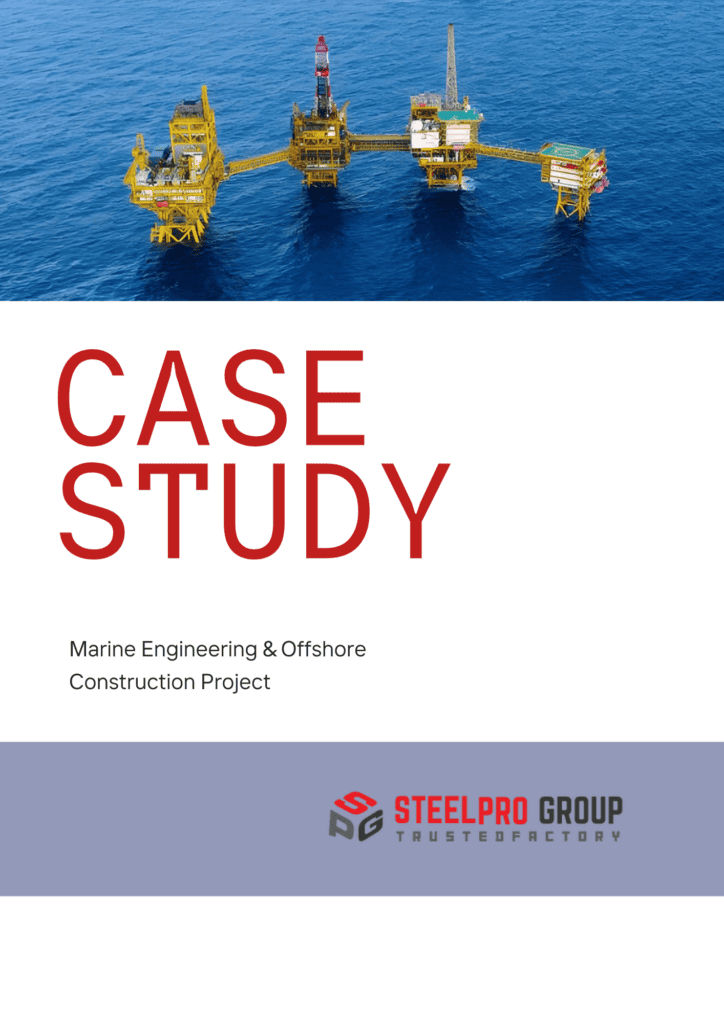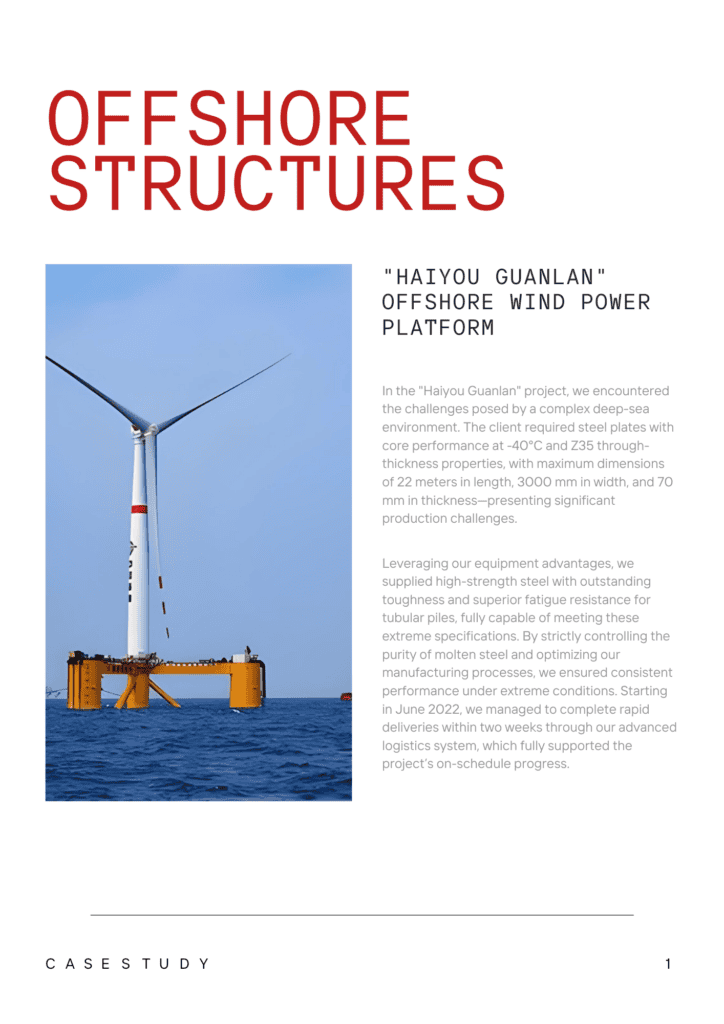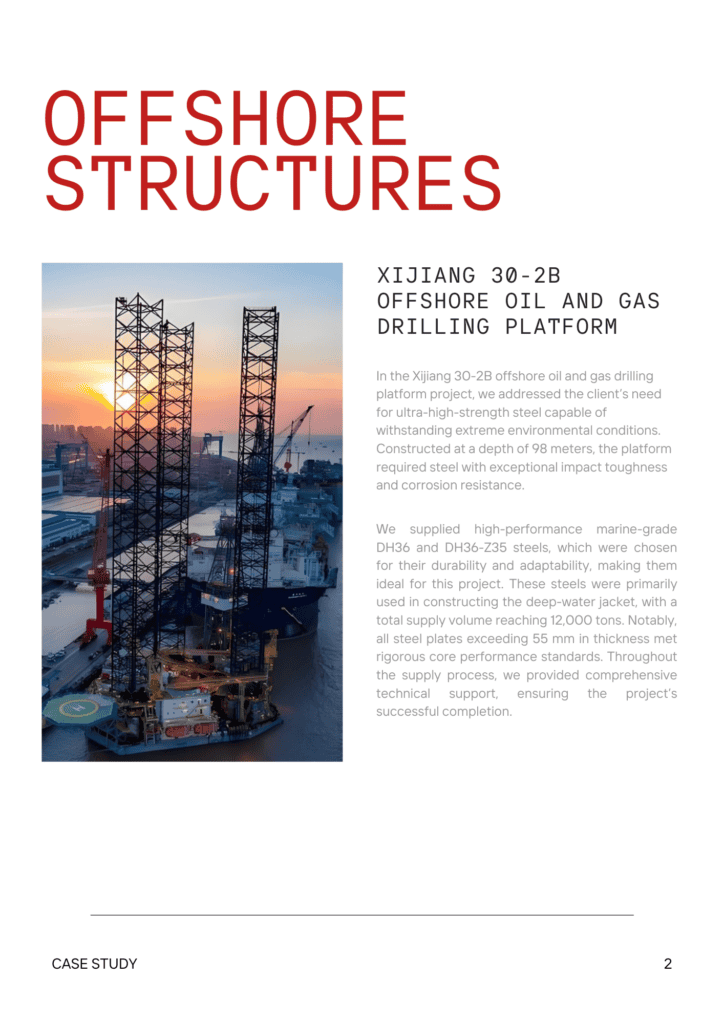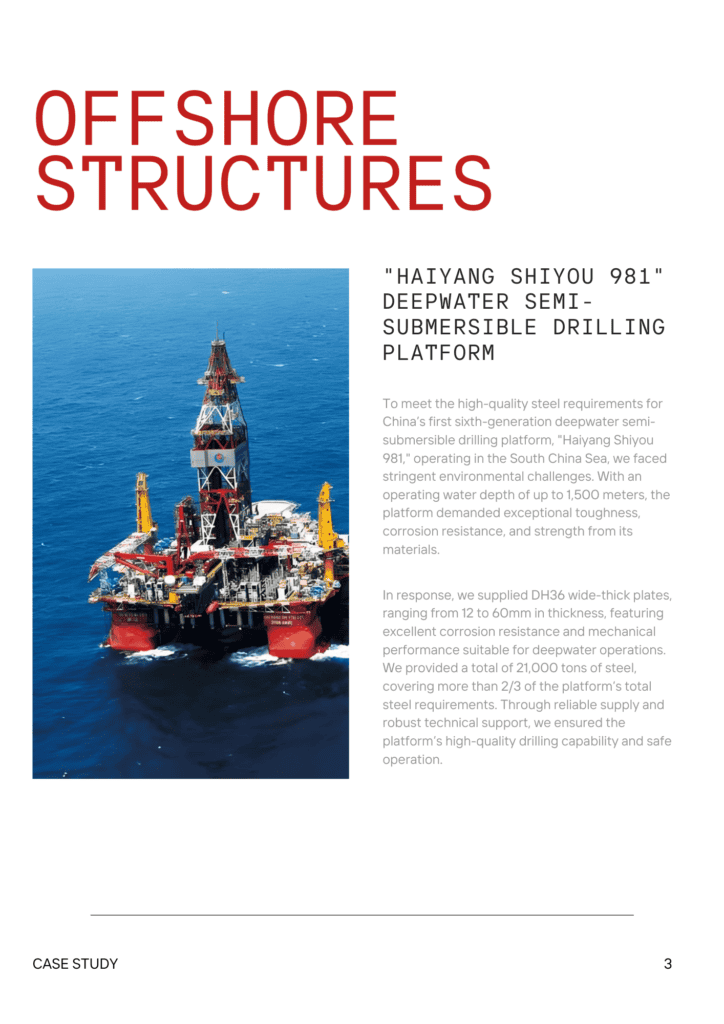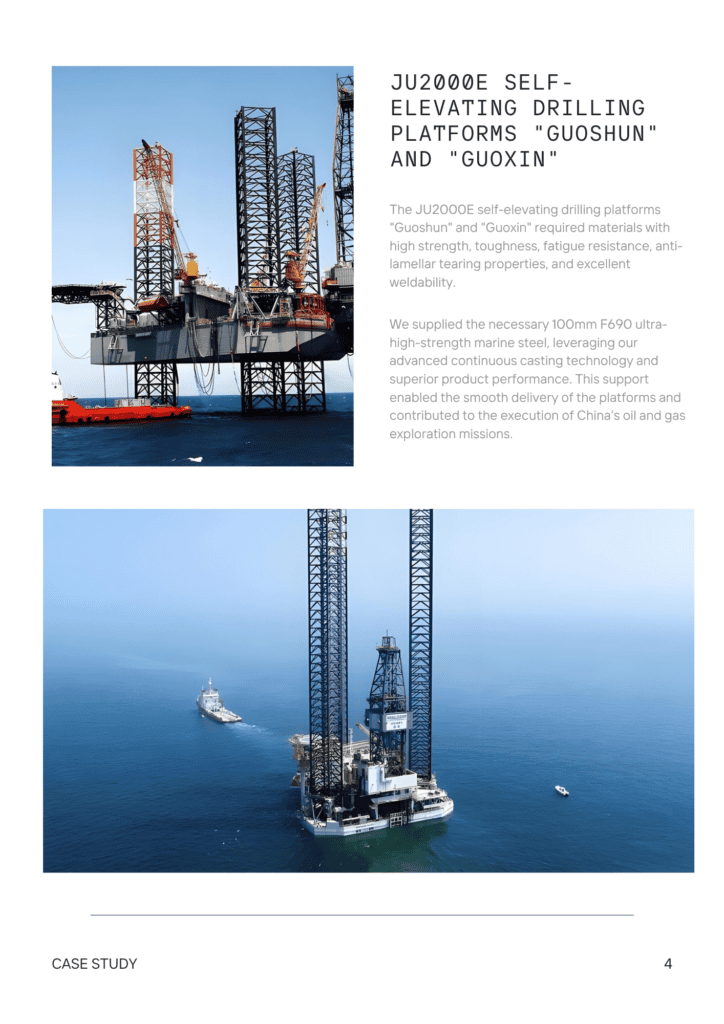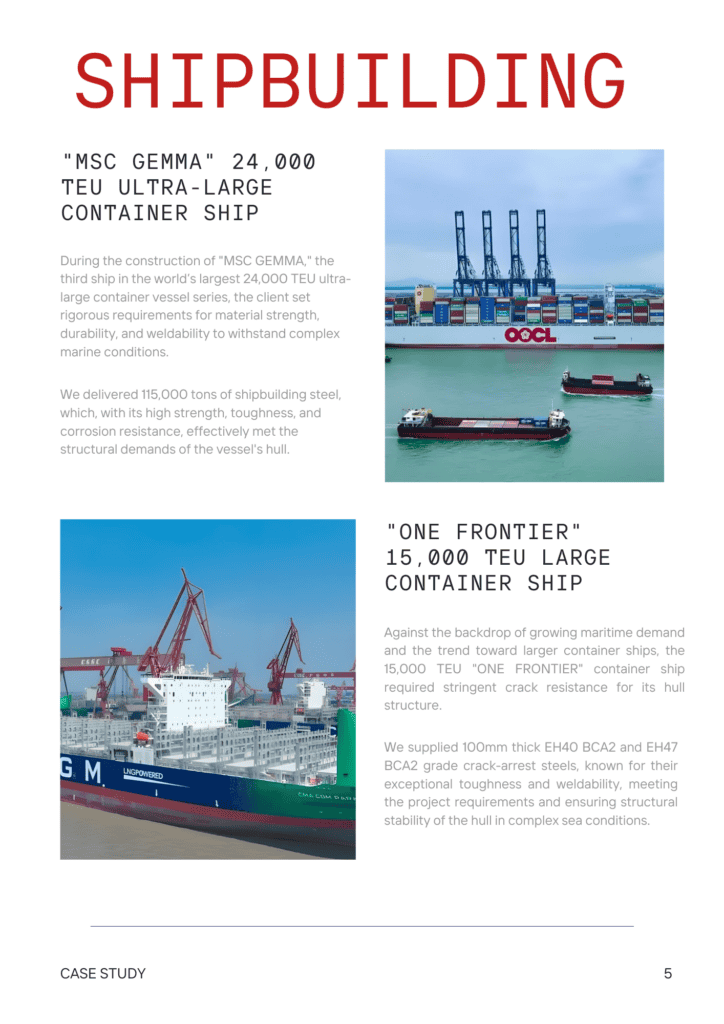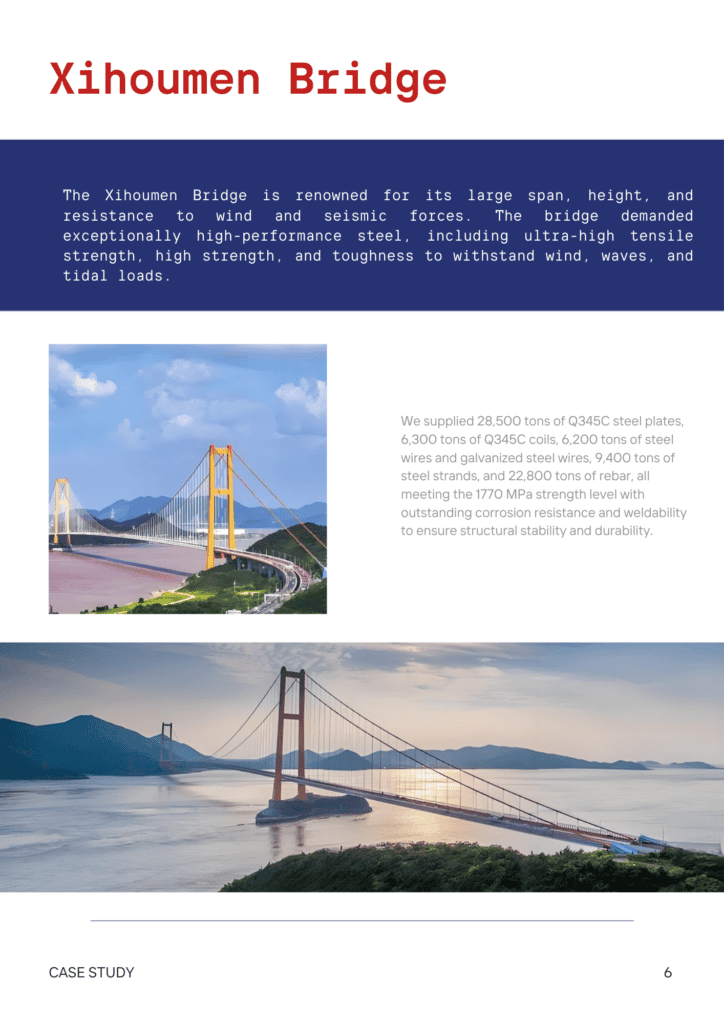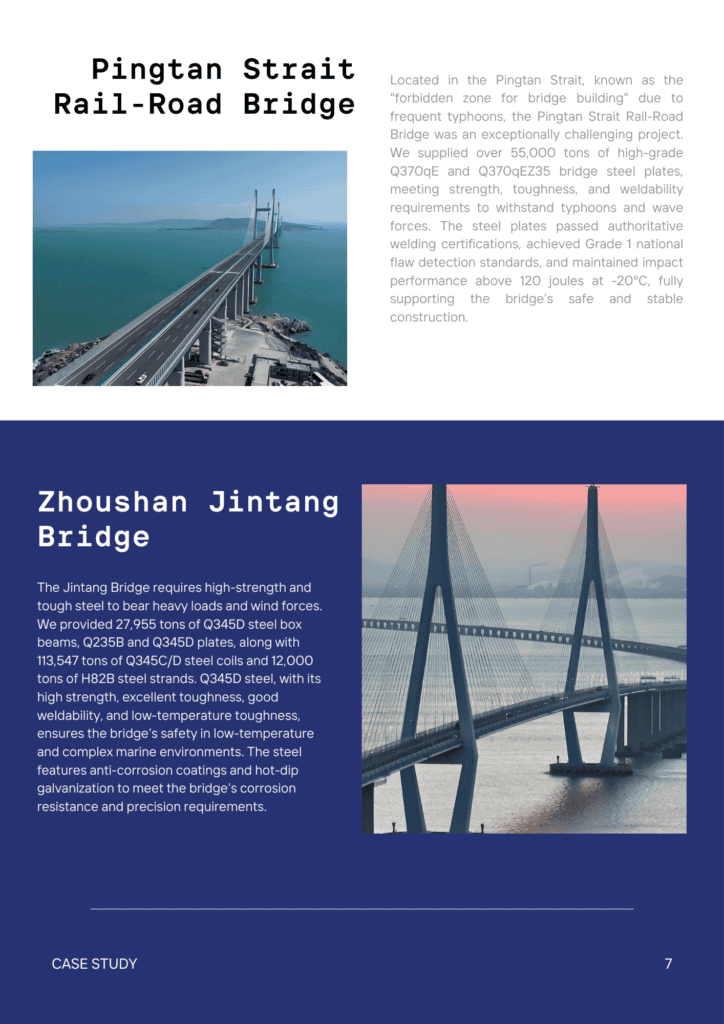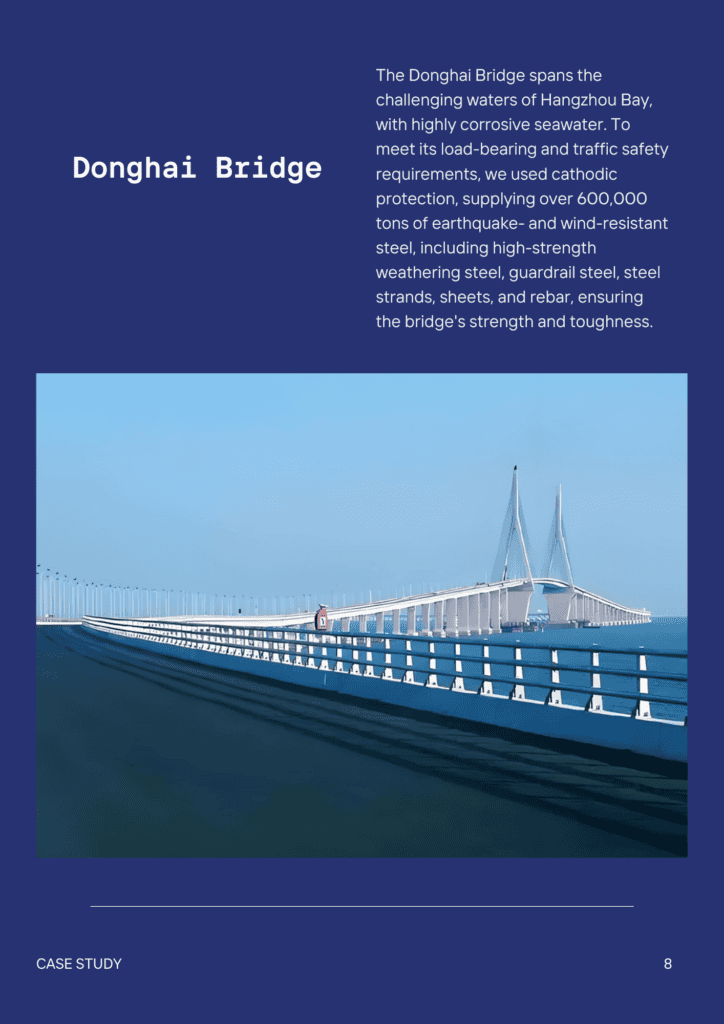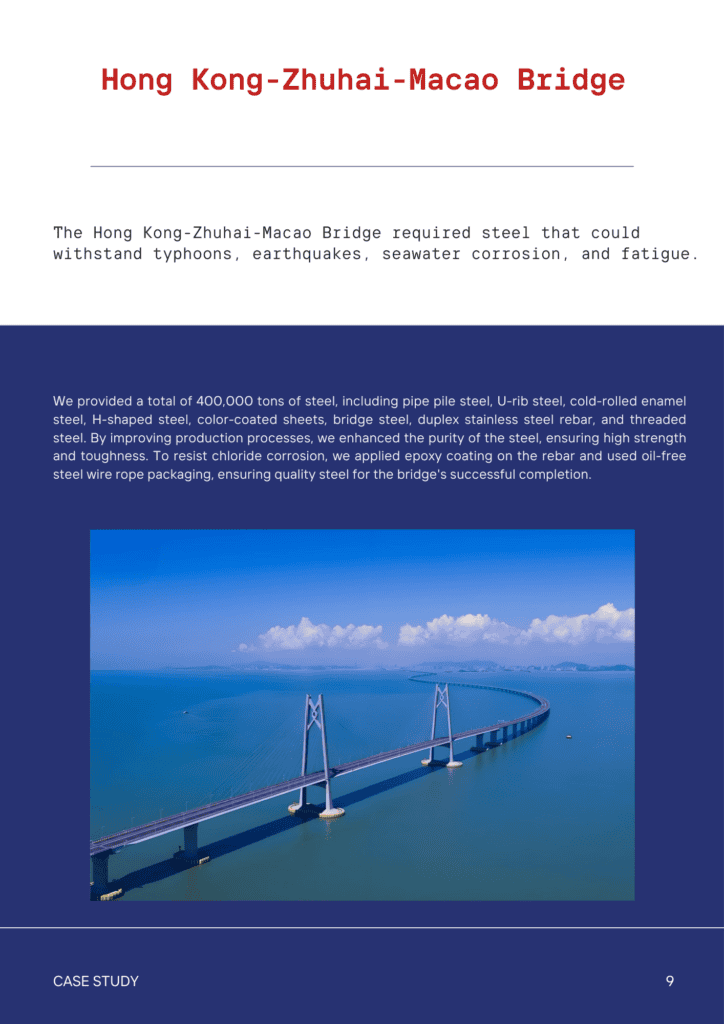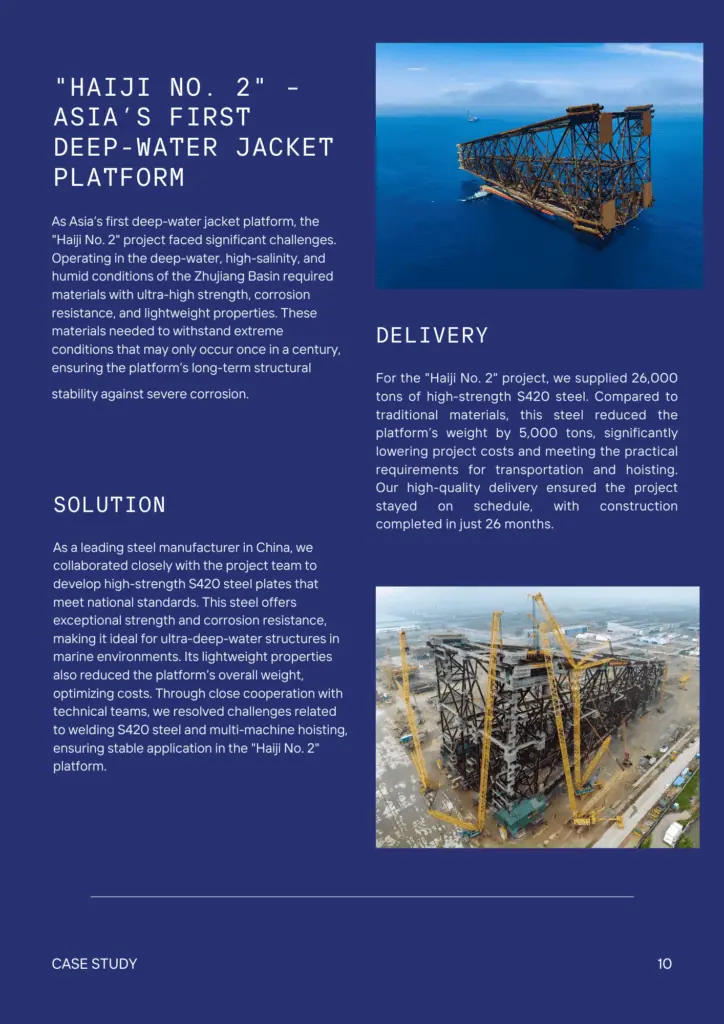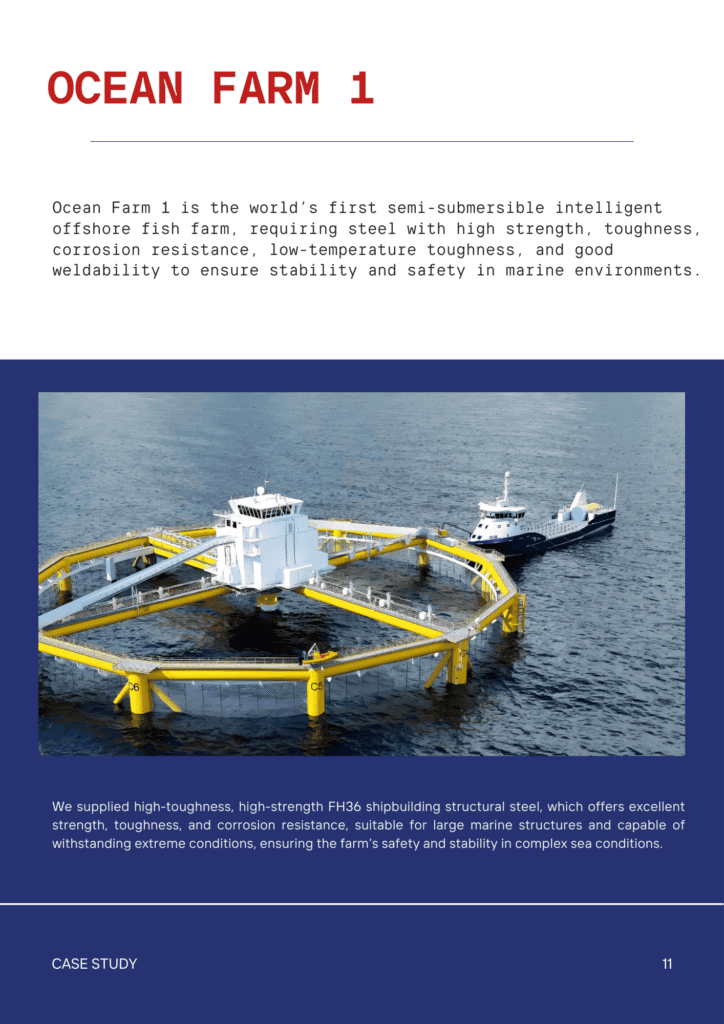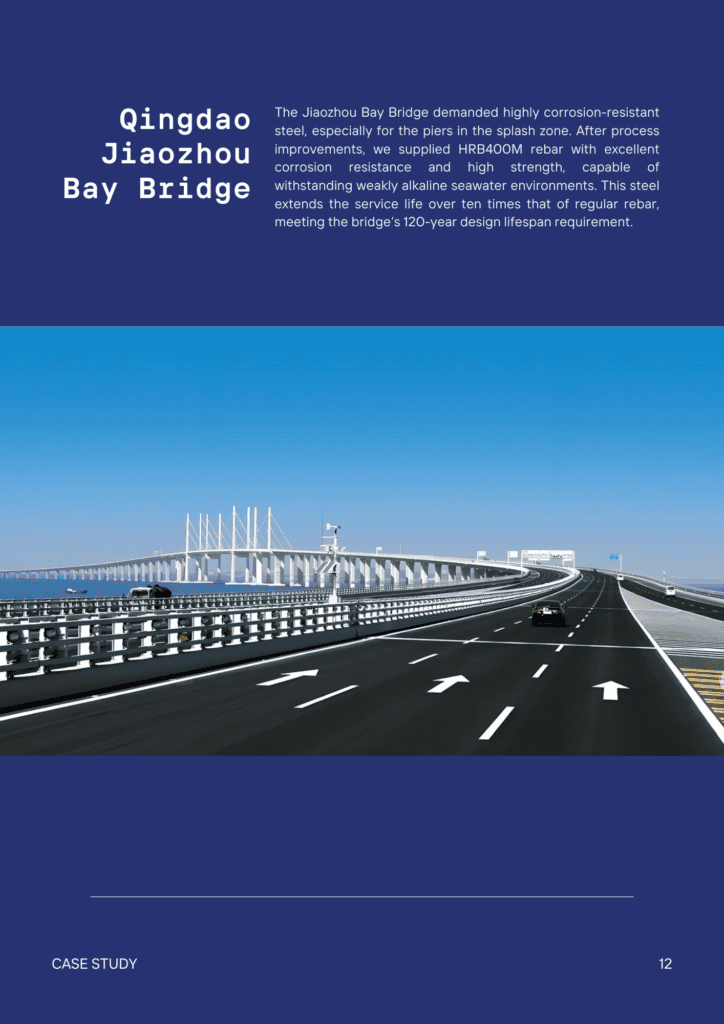Contents
Epoxy Painted Steel vs Galvanized Steel: Key Differences
- John
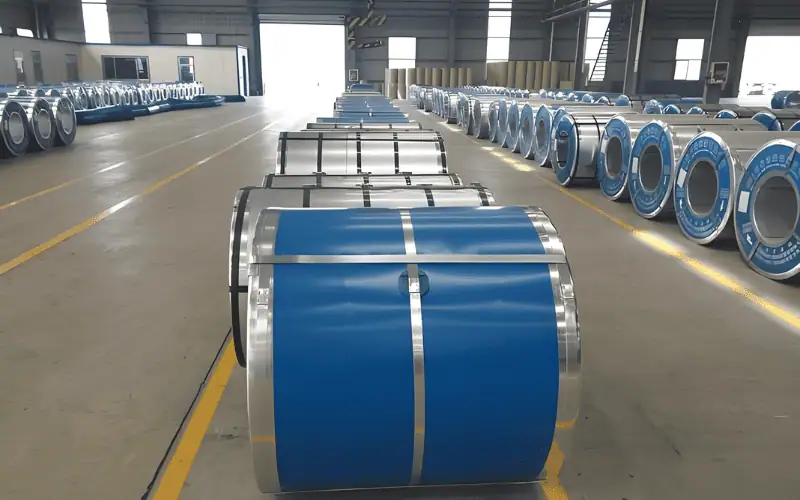
When comparing epoxy-painted steel and galvanized steel, the main difference is in how they protect against corrosion. Epoxy-painted steel uses a strong, chemical-resistant coating, while galvanized steel relies on a zinc layer to prevent rust. Epoxy is ideal for environments with chemicals and wear, while galvanized steel is best for long-term exposure to moisture.
In this article, we will dive deeper into these two options and explore their specific performance and applications.
Surface Treatments of Epoxy Painted Steel vs Galvanized
Epoxy Painted Steel
Epoxy painting involves applying a durable, protective coating of epoxy to the surface of steel. It can be used for both ferrous and non-ferrous.
The process begins with cleaning the steel to remove contaminants like dirt, oil, and rust. This ensures proper adhesion of the epoxy. The epoxy is then applied either by spraying, rolling, or brushing, depending on the size and shape of the steel component. The coating hardens to form a tough, chemical-resistant layer.
Post-Treatment Options
- Topcoats like polyurethane for UV protection and enhanced durability.
- Anti-graffiti or anti-fouling coatings for added protection in specific environments. These treatments are chosen based on the intended use and location.
Galvanized Steel
Galvanizing coats steel with a layer of zinc. It is only suitable for ferrous metals. Because non-ferrous metals don’t react with zinc as same as the ferrous.
The most common method is hot-dip galvanizing. By this, the steel is cleaned first and then immersed in molten zinc. As the steel cools, the zinc bonds to the surface, forming a protective layer. Another common process is electro-galvanizing, using an electrical current to apply the zinc coating.
Post-Treatment Options:
- Powder coating for improved durability and aesthetics.
- Passivation to further protect the zinc layer from early corrosion or white rust.
Performance of Epoxy Painted Steel vs Galvanized Steel
Appearance
Epoxy-painted steel has a smooth, often glossy finish that can be customized in various colors, such as gray, green, or any shade desired.
Galvanized steel has a silver-gray color with a matte or slightly shiny finish. Its look comes from the zinc layer, which can have a characteristic spangled pattern (crystalline appearance).
Corrosion Resistance
Galvanized steel offers better corrosion protection in humid or outdoor environments. This zinc layer protects the steel by forming a barrier against corrosion and by sacrificially corroding in place of the steel.
Epoxy-painted steel, on the other hand, excels better in environments with chemical exposure. It uses a tough, durable epoxy coating that bonds to the steel surface, providing excellent protection against moisture, chemicals, and wear.
Durability
Galvanized steel is generally more durable over time. It tends to stay effective longer. The zinc layer provides sacrificial protection,allowing it to withstand long-term moisture exposure even with minor surface damage.
Epoxy-coated steel is initially more resistant to chipping and peeling, providing strong protection against light to moderate wear. However, once the coating is damaged, the exposed steel underneath can corrode rapidly, requiring timely repairs to maintain durability.
Cost
Galvanized steel generally cost less than epoxy-painted steel. It has lower material and application costs, making it an economical choice for many large-scale projects. The epoxy coating process requires more preparation and careful application, which increases labor and material costs.
Applications of Epoxy Painted Steel vs Galvanized Steel
Epoxy-Painted Steel
- Chemical Storage and Handling Facilities: pipes, tanks, and equipment in chemical plants.
- Marine Equipment: marine equipment and underwater structures.
- Interior Architectural Elements: architectural columns, stairways, and decorative elements.
Galvanized Steel
- Outdoor Structural Components: utility poles, transmission towers, and bridges.
- Agricultural Equipment and Storage: grain silos, barns, and irrigation systems.
- Industrial Facilities: large load-bearing structures.
Epoxy-Painted or Galvanized Steel?
For Chemical Resistance, choose epoxy-painted steel for an environment exposed to chemicals.
For Outdoor Durability, choose galvanized steel for outdoor or moisture-heavy environments.
Epoxy-coated Rebar or Galvanized Rebar?
While both can be used in rebar, galvanized steel has a unique advantage in applications like rebar embedded in concrete for large infrastructure, such as dams and highway bridges. In concrete, the zinc coating provides additional protection and helps bond better with concrete, reducing the risk of corrosion and enhancing structural integrity.
Unlocking Steel Solutions
Need a custom solution for extreme corrosion, intricate indoor applications, or multi-layered protective systems? Steel Pro Group has you covered. We specialize in creating long-lasting, reliable steel solutions. Contact us today to learn how we can elevate your project with the right steel solutions.



